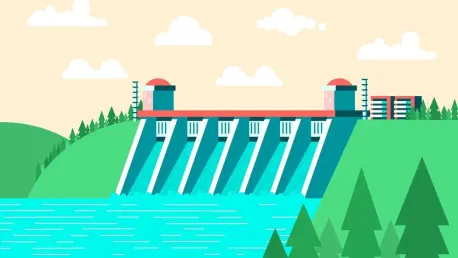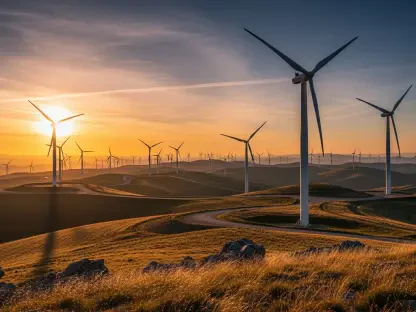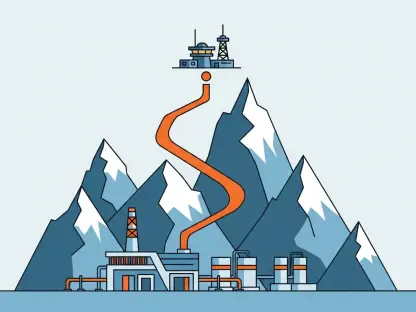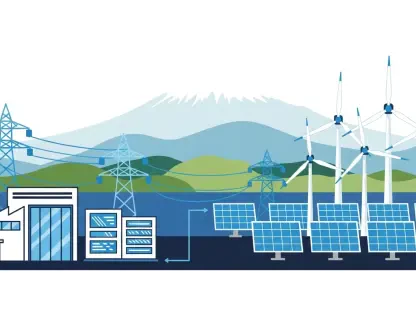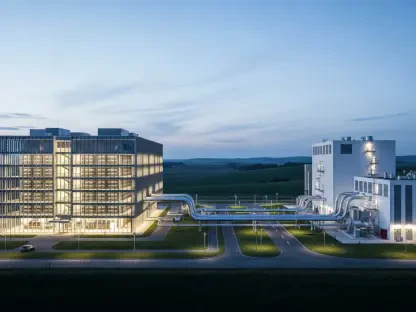Glen Earrach Energy (GEE) is seeking valuable public feedback on its ambitious plan for a £20 million-a-year community benefit fund, linked to their colossal £3 billion pumped storage hydro (PSH) project at Balmacaan Estate near Loch Ness, Scotland. This massive infrastructure initiative intends to generate and store 2GW of energy, exploiting the site’s favorable topography to amplify efficiency and reduce costs. The scope and scale of this project promise substantial economic and environmental impacts for the region, underscoring the necessity for community involvement in shaping the distribution and management of the associated funds.
Community Benefit Fund and Survey
The creation of the community benefit fund is guided by the Highland Council’s Social Values Charter, ensuring its design maximizes both direct investment into local communities and wider regional advantages. Through an inclusive survey, residents, businesses, and organizations are invited to provide input on how the fund should be structured, managed, and allocated. This proactive consultation is crucial in tailoring the fund to meet community needs effectively and to ensure it delivers sustainable, long-term investments across the region. By engaging various stakeholders, GEE aims to address key aspects like governance frameworks, priority spending areas, and equitable fund distribution.
Political and Organizational Advocacy
Angus MacDonald, MP for Inverness, Skye, and West Ross-shire, has underscored the significance of ensuring local communities derive tangible benefits from renewable energy projects hosted within their locales. His advocacy highlights the necessity of integrating community feedback into the fund’s design to safeguard meaningful impacts. Roderick MacLeod, GEE’s director, further emphasizes that the PSH project’s contributions could markedly outstrip last year’s entire Highland wind energy sector’s £9.1m distribution. Unlike traditional wind farms, PSH projects like this offer significantly greater and longer-lasting benefits due to their extended lifespan and impressive energy storage capacity.
MacLeod points out that community-designed benefit schemes are paramount for ensuring enduring prosperity, given the PSH project’s potential operational lifespan of over a century. He elaborates that this consultation is vital for aligning the fund with local needs and delivering substantial support for essential services, infrastructure advancements, and future investments. The consultation initiative represents GEE’s commitment to democratizing decision-making processes related to the fund to ensure it supports a generational uplift for the Highlands.
Long-Term Economic and Social Implications
GEE’s engagement with local communities through this thorough consultation is a pioneering effort aimed at democratizing the decision-making processes related to the community benefit fund. This strategy promises sustainable and generational economic benefits for the Highlands, setting an exemplary model for integrating community support in large-scale infrastructure projects. The initiative stresses the importance of comprehensive and inclusive planning, which is vital for sustainable progress and maximizing the positive impacts of renewable energy projects.
Conclusion
Glen Earrach Energy (GEE) is looking for valuable public feedback on its ambitious proposal for a £20 million-a-year community benefit fund, which is linked to their enormous £3 billion pumped storage hydro (PSH) project at Balmacaan Estate near Loch Ness, Scotland. This significant infrastructure initiative aims to generate and store 2GW of energy, taking advantage of the site’s favorable topography to boost efficiency and cut costs. The project’s extensive scope and immense scale promise major economic and environmental benefits for the region, highlighting the need for community participation in guiding the distribution and management of the associated funds. GEE believes that public input is crucial in making this endeavor successful, as the community’s perspectives will ensure that the funds are used effectively and equitably, fostering local development and addressing environmental concerns. By involving the community, GEE aims to build a more sustainable and economically resilient future for the region.
